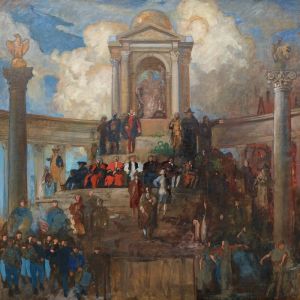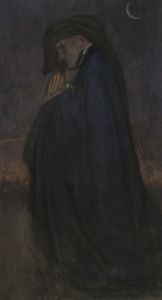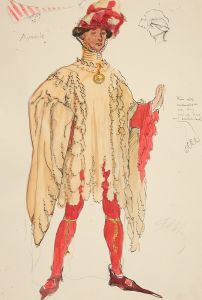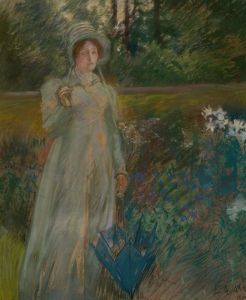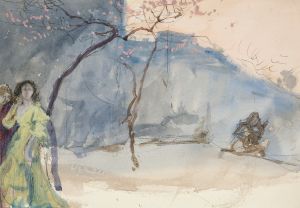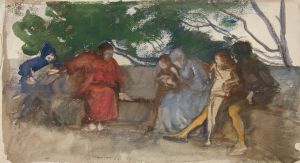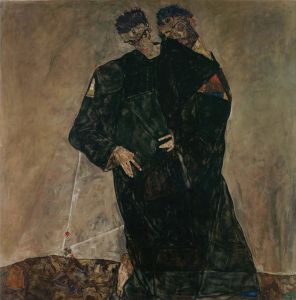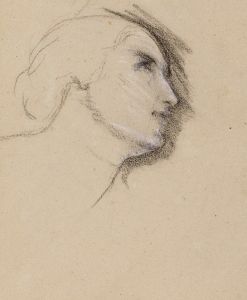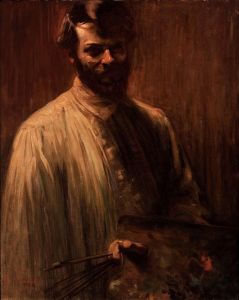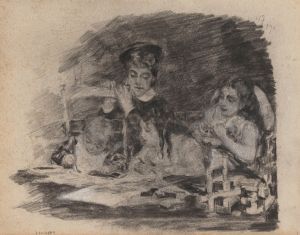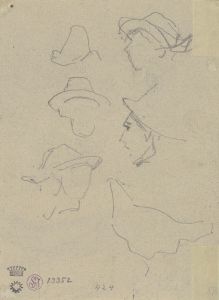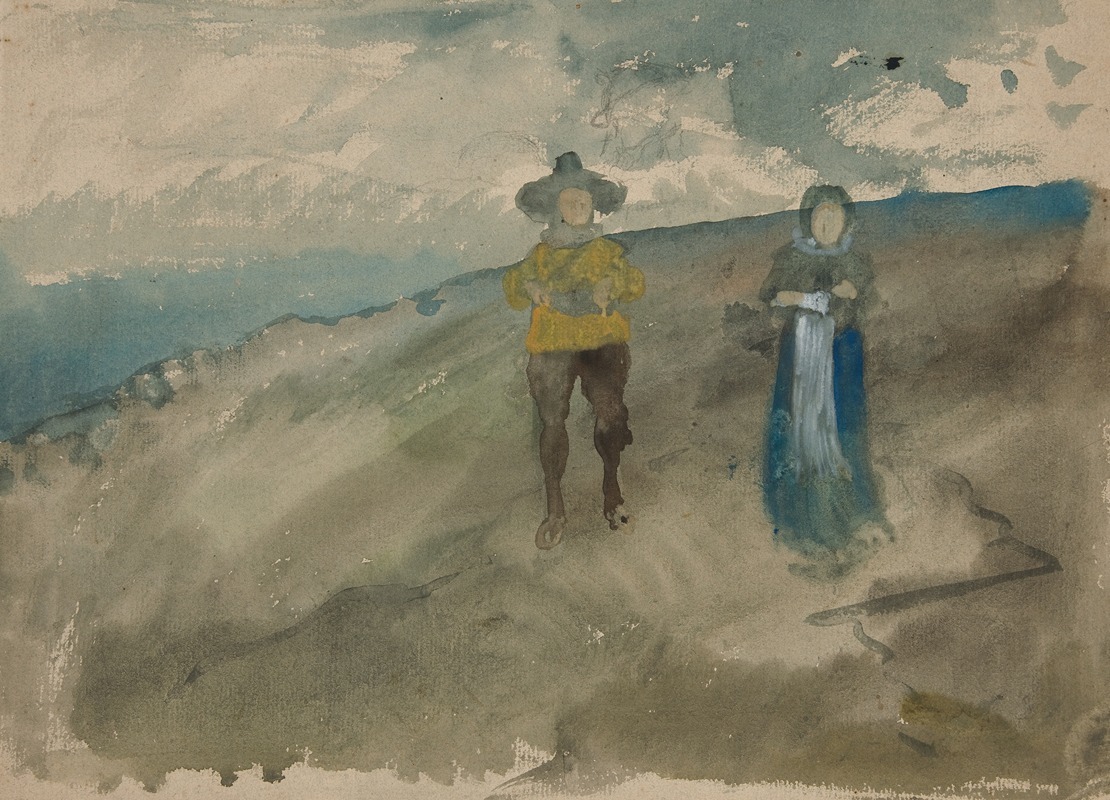
Two Figures in a Landscape ; Study of Man’s Head
A hand-painted replica of Edwin Austin Abbey’s masterpiece Two Figures in a Landscape ; Study of Man’s Head, meticulously crafted by professional artists to capture the true essence of the original. Each piece is created with museum-quality canvas and rare mineral pigments, carefully painted by experienced artists with delicate brushstrokes and rich, layered colors to perfectly recreate the texture of the original artwork. Unlike machine-printed reproductions, this hand-painted version brings the painting to life, infused with the artist’s emotions and skill in every stroke. Whether for personal collection or home decoration, it instantly elevates the artistic atmosphere of any space.
Edwin Austin Abbey was an American artist known for his illustrations and paintings, particularly those depicting Shakespearean and Victorian subjects. Born in 1852 in Philadelphia, Abbey developed his skills at the Pennsylvania Academy of the Fine Arts before moving to England, where he spent much of his career. His work is characterized by meticulous attention to detail and a strong narrative quality, often drawing on historical and literary themes.
"Two Figures in a Landscape; Study of Man’s Head" is one of Abbey's lesser-known works. Unfortunately, there is limited information available about this specific painting. Abbey's oeuvre primarily consists of illustrations and large-scale murals, with his most famous works being his illustrations for Shakespeare's plays and his murals for the Boston Public Library.
Abbey's style was heavily influenced by the Pre-Raphaelite Brotherhood, a group of English painters, poets, and critics founded in 1848. The Pre-Raphaelites emphasized a return to the detail, intense colors, and complex compositions of Quattrocento Italian art. Abbey's work often reflects these influences, with a focus on historical accuracy and elaborate compositions.
In his career, Abbey was also associated with the Royal Academy of Arts in London, where he was elected a full member in 1898. His reputation in England was significant, and he was commissioned to paint the coronation of King Edward VII in 1902, a testament to his standing as an artist of note during his time.
While specific details about "Two Figures in a Landscape; Study of Man’s Head" are scarce, it is likely that the work reflects Abbey's interest in historical and literary subjects, as well as his skill in capturing human expressions and interactions. His studies often involved detailed preparatory sketches and studies, which allowed him to explore different aspects of his subjects before committing them to canvas.
Abbey's legacy is preserved in various collections, including the Yale University Art Gallery and the Metropolitan Museum of Art, which house some of his most important works. His influence extends beyond his paintings, as he played a significant role in the development of American illustration in the late 19th and early 20th centuries.
In summary, while specific information about "Two Figures in a Landscape; Study of Man’s Head" is limited, Edwin Austin Abbey's broader body of work provides context for understanding his artistic approach and significance. His contributions to art, particularly in the realm of illustration and historical painting, remain appreciated by art historians and enthusiasts alike.





